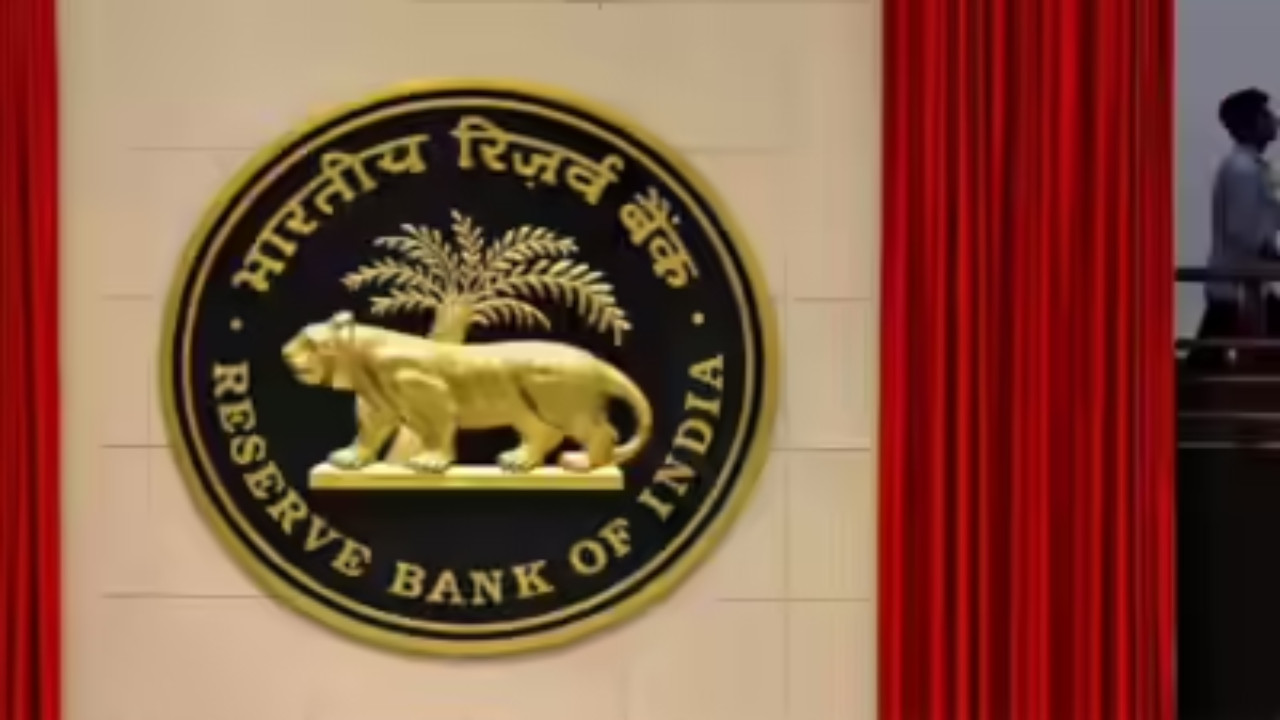RBI data reveals a slowdown in sales growth for listed private non-financial companies to 5.5% in Q1 FY26, down from 6.9% the previous year. Manufacturing and IT sectors experienced decelerated growth, while non-IT services saw a moderation from double-digit expansion. Raw material costs for manufacturing firms increased at a slower rate, impacting the raw material-to-sales ratio.
The Indian Economy: Is This a Speed Bump or a Roadblock?
We’ve all felt it – the slight ease off the accelerator, the subtle dip in momentum. But is this just a momentary blip on the radar, or are we facing something more substantial? New data paints a nuanced picture of India’s economic landscape, revealing that the sales growth of listed companies has slowed to 5.5% in the first quarter. While still positive, this represents a noticeable deceleration compared to the previous periods and invites a closer look at the underlying forces at play.
What’s driving this shift? The report shines a spotlight on two sectors in particular: IT and manufacturing. These juggernauts, traditionally engines of growth, appear to be grappling with their own unique challenges, collectively impacting the overall economic velocity.
IT’s Headwinds and Manufacturing’s Hurdles
The Information Technology sector, a global powerhouse for India, is navigating a complex environment. Global economic uncertainties, project delays, and evolving client demands are contributing to a more cautious approach. While the long-term outlook for IT remains strong, the current period necessitates strategic recalibration and adaptation. Companies are actively exploring new technologies, like AI and machine learning, to stay competitive and unlock fresh avenues for revenue generation.
Manufacturing, similarly, faces its own set of obstacles. Rising input costs, fluctuating global demand, and supply chain disruptions are creating a challenging operating landscape. However, the sector’s resilience is evident in its ongoing efforts to optimize production processes, embrace automation, and diversify into new markets. Government initiatives aimed at boosting domestic manufacturing, such as “Make in India,” are also expected to play a crucial role in mitigating these headwinds and fostering sustainable growth.

RBI Data and Broader Economic Indicators
The sales growth slowdown coincides with a period of heightened scrutiny from the Reserve Bank of India (RBI). The central bank is actively monitoring inflation and calibrating monetary policy to maintain price stability. Interest rate adjustments, while necessary to curb inflation, can also have a dampening effect on economic activity. The interplay between monetary policy and corporate performance is a delicate balancing act, requiring careful navigation to ensure sustainable growth.
Beyond sales figures, other economic indicators offer valuable insights. Investment trends, consumer spending patterns, and export performance all contribute to a holistic understanding of the Indian economy’s health. While some indicators may point to signs of moderation, others suggest underlying strength and resilience. Disentangling these complex signals is crucial for informed decision-making by businesses and policymakers alike. For instance, sustained consumer confidence, discussed in detail in our article on [consumer spending trends](internal-link-to-related-article), could help offset some of the challenges in the manufacturing sector.
The Impact on Small and Medium Enterprises (SMEs)
While the slowdown in sales growth is observed among listed companies, its impact reverberates throughout the entire economic ecosystem, particularly affecting Small and Medium Enterprises (SMEs). SMEs, often serving as suppliers and partners to larger corporations, are particularly vulnerable to fluctuations in demand. Their agility and adaptability, however, can also enable them to quickly pivot and explore new opportunities. Access to credit, technological upgrades, and skill development initiatives are essential for empowering SMEs to navigate these challenges and contribute to sustained economic growth. The government’s continued focus on supporting the SME sector will be crucial in fostering a more inclusive and resilient economy.
Navigating the Future of Indian Corporate Earnings
So, what does all this mean for the future? Is this a temporary setback, or a harbinger of more significant challenges to come? The answer, as always, lies in the ability of businesses and policymakers to adapt and innovate. By embracing technological advancements, fostering a conducive regulatory environment, and prioritizing sustainable growth, India can navigate these economic currents and emerge stronger. The key lies in a proactive approach – anticipating challenges, seizing opportunities, and building a resilient foundation for long-term prosperity. The focus should be on long term sustainable growth, not short term reactionary measures that don’t resolve root causes.







